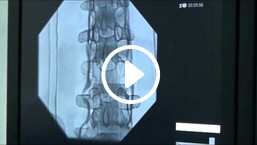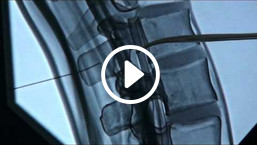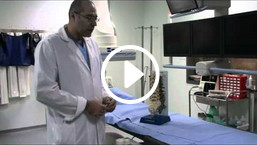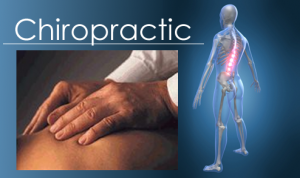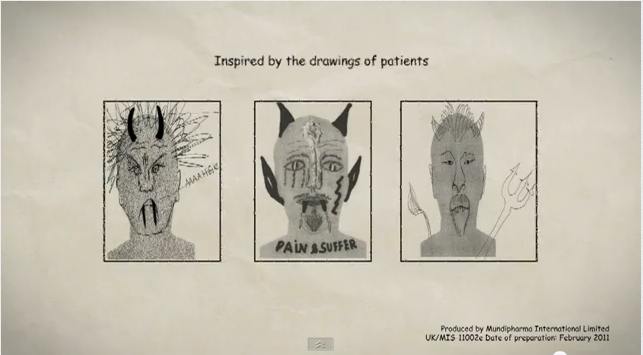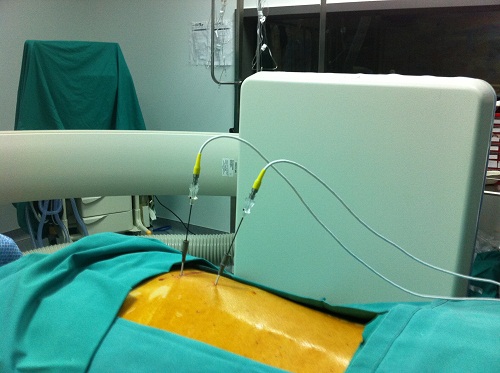Chiropractic is the third major health science worldwide, following Classical Medicine and Dentistry.
It is an independent health branch specialized in the treatment and prevention of pain syndromes and dysfunctional conditions attributed to mechanical problems of the spine and their effect on the nervous system.
The basic method to treat these problems are special corrective manipulations (reductions) of the spine and of the whole musculoskeletal system.
These manipulations restore the function of spine by releasing the nervous system, helping the body retrieve its innate self-curing capacity and eliminating the aetiology of pain.
Historical background of Chiropractic
Some of the chiropractic methods used today have been known since the era of the Father of Medicine (Hippocrates) and were applied by the ancient Greeks in the Asklepieia (healing temples dedicated to god Asklepius). Similar methods with manipulations disseminated empirically from generation to generation, can be met in all ancient civilizations since the medieval era. Their collection and scientific process starts in America in 1895. Canadian therapist Daniel David Palmer is considered to be the founder of contemporary Chiropractic. He lived and worked in Iowa of the U.S.A. where he founded the first Chiropractic School. This operates today as a University with more than 2.000 students and is regarded as the largest Academic Chiropractic Centre in the world.
Today there are approximately 30 officially recognised Chiropractic Schools in the U.S.A., Canada, Australia, England, France, Denmark, Japan etc. All of them are of University level with four or five-years of studies and potential for postgraduate studies.
The Theory of Chiropractic
Chiropractic, as a scientific method, is based on the following principles:
1. Good health depends on the normal function of the nervous system. The various body components (e.g. cells, tissues and organs) function smoothly and in coordination thanks to the stimuli received by the nervous system, which is the general coordinator of the body.
2. When there are problems or disturbances in the transmission of nervous stimuli, cells or body organs cannot function properly. As a result, some dysfunction occurs predisposing the body for a pathological condition and pain.
3. Spinal problems preventing or inhibiting the nervous system are called –in the Chiropractic terminology- “subluxations”. Subluxation is a condition characterized by distortion of the position (arrangement) and functional behavior of some vertebrae, leading to entrapment of some vertebral nerves, muscle spasms and impedance of the local microcirculation.
4. Restoration of vertebral subluxations is done with painless manipulations that are called “vertebral reductions”. Scientific chiropractors are well trained in carrying out this practice. By applying these vertebral reductions, they manage to eliminate mechanical dysfunction, release the nervous system and restore the functional capacity of the spine and relevant organs.
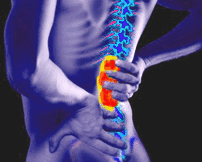 Disorders in which Chiropractic Care is effective:
Disorders in which Chiropractic Care is effective:
Reliable scientific research conducted mainly during the last 20 years, have provided evidence supporting the efficacy of corrective applications of Chiropractic therapy, mainly in the treatment of the following conditions:
* Acute and chronic Low Back Pain, of mechanical aetiology
* Acute Sciatica, of mechanical aetiology
* Cervical Syndrome
* Tension headache
* Pain Syndromes due to dysfunction of vertebral joints, with or without muscle spasm
* Rachialgia
* Torticollis
* Intercostal Neuralgia
* Painful Shoulder syndrome
* Functional Foot disorders
* Positional Vertigo
Disorders in which Chiropractic Care is relatively effective:
* Migraine
* Spinal Stenosis
* Dysmenorrhoea
* Neonatal Colic
* Astma in children
* Carpal Tunnel Syndrome
* Irritable Bowel
Evaluation and Analysis in Chiropractic Therapy
In order for the Chiropractor to be effective, s/he should first evaluate the mechanical behavior of the skeleton in order to identify the specific problem and its character. Taking also into account the patient’s medical history and imaging screening (if considered necessary), s/he is in the position to decide whether s/he can help the patient in question or s/he should refer him/her to other medical specialties. S/he will estimate whether there are any functional – mechanical disorders that could be related to the patient’s problem and then will go on to correct them.
Careful hand palpation of the spine and analysis of the mobility of the joints (not only of the painful region but of the whole body) is done to localize the problems and follow up their progression.
Chiropractic Therapy
There is a wide range of manipulations (reductions) that the Chiropractor can use depending on the patient’s age, physical condition and type of problem. However, they all aim at correcting mechanical problems and restoring the functional capacity of the spine and the general musculoskeletal system. Chiropractors have the proper education, training and experience to carry out reductions and all other manipulations with safety and without any pain. In many cases, they have to resort also to some soft tissue massage or/and other relaxation techniques, in order to release any potential muscle spasm and thus prepare the area for better reduction.
Duration of Chiropractic Therapy
The time needed for each case depends on many factors, such as the type and duration of the problem, the patient’s age, psychological condition, nutrition, environment, life style, habits and injuries that may have occurred. In the beginning, sessions usually take place 2 to 3 times a week (for two to three weeks) and then are gradually reduced to once (1) a week, once (1) a fortnight and once (1) a month. The therapy can go on may take the form of maintenance therapy, in combination with proper exercising, so as to avoid relapses.
Cost of Chiropractic Therapy
Relevant technico-economic studies classify Chiropractic among the economically most profitable therapies, since it is often proven to have the most immediate and substantial results. Chiropractic therapy is usually charged per session.
Efficacy
Well-documented studies have shown that patients who have been in Chirotherapy return to their work within half the time of those following traditional medicine.
Chirotherapy reduces the need for hospitalization, the duration of hospitalization and offers the opportunity to more patients to be treated without having to interrupt their work. This means that there is significant reduction of health costs (mainly due to reduction in the use of hospital beds), of extra-hospital costs and of insurance costs for those covered with private insurance. Above all, fewer working hours are lost and, as a consequence, there is not such high loss of productivity as there would be in case of prolonged hospitalisation.
Scientific Training of Chiropractors
Chiropractors study in officially accredited Schools. These are of University level, with minimal duration of 5 years leading to Bachelor and Master Degree. The Schools are accredited by an independent International Organization, the Council of Chiropractic Education (CCE), setting standard specifications and making sure that all Chiropractic Schools comply with them. There is also the potential for postgraduate studies.
Having completed their studies, graduates have to do one year of practical exercise in their country they work and enroll to the respective Chiropractic Association.


